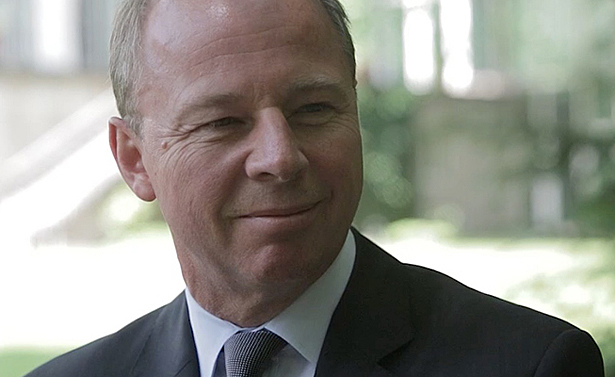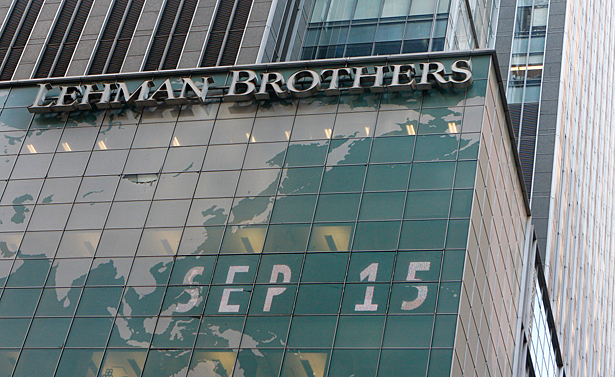2001 - 2002: Non-performing loans
The subprime mortgage market begins to grow rapidly. Access to credit is easier. Many Americans seize the opportunity offered by low interest rates, and realize their dream of owning their own home. The real estate boom begins. The US banks grant almost everyone a loan - even those who are in no way able to afford a house. The number of house sales rises. So do prices.
2002 - 2004: No longer any liability for loans
In 2006 the residential real estate prices in the US reach their peak. The growing mountain of mortgages is increasingly securitized, i.e. taken from bank balances, bundled and transformed into securities fit for the capital market. International investors, not least European banks, acquire them. At the same time, the securitization structures become increasingly complex and the underlying risks increasingly difficult to recognize.
April 2007: The property bubble bursts
The proportion of mortgage loans which are not correctly serviced increases noticeably. This affects banks in particular. One loan after the other fails. With the rapid increase in loan defaults, real estate prices also begin to fall, the loan collaterals lose value, and the banks incur heavy losses. In 2007, the first major US real estate financer – the "New Century Financial Corporation" – goes bankrupt.
June 2007: Bear Stearns falters
The loan defaults reach the securitization market. Highly complex structured credits become worthless virtually overnight. Two hedge funds at the New York investment bank Bear Stearns falter because they had invested on a large-scale in these instruments. Rating agencies begin to downgrade thousands of these securities, sometimes from the highest grade straight to "junk" status.
July/August 2007: Europe dragged in the wake
German, and other European, banks are hit by the crisis due to irresponsible speculations on the US real estate market.
September 2007: Northern Rock cracks
Worried customers storm the counters at the British bank, Northern Rock. The government and the Bank of England guarantee the deposits, Northern Rock is taken over by the state.
October 2007: Write-offs increase
One major financial institution after another reports billion-dollar write-offs and heavy losses.
February 2008: Government response in America
The US Congress approves an economic stimulus program worth 150 billion dollars.
March 2008: Purchase of Bear Stearns
Shortly before its collapse, the investment bank Bear Stearns is sold, under pressure from the US Federal Reserve, to the major bank J.P. Morgan Chase. The US government steps in with guarantees.
September 6, 2008: Fannie and Freddie are shored up
The US government takes over control of the US mortgage giants Fannie Mae and Freddie Mac.


